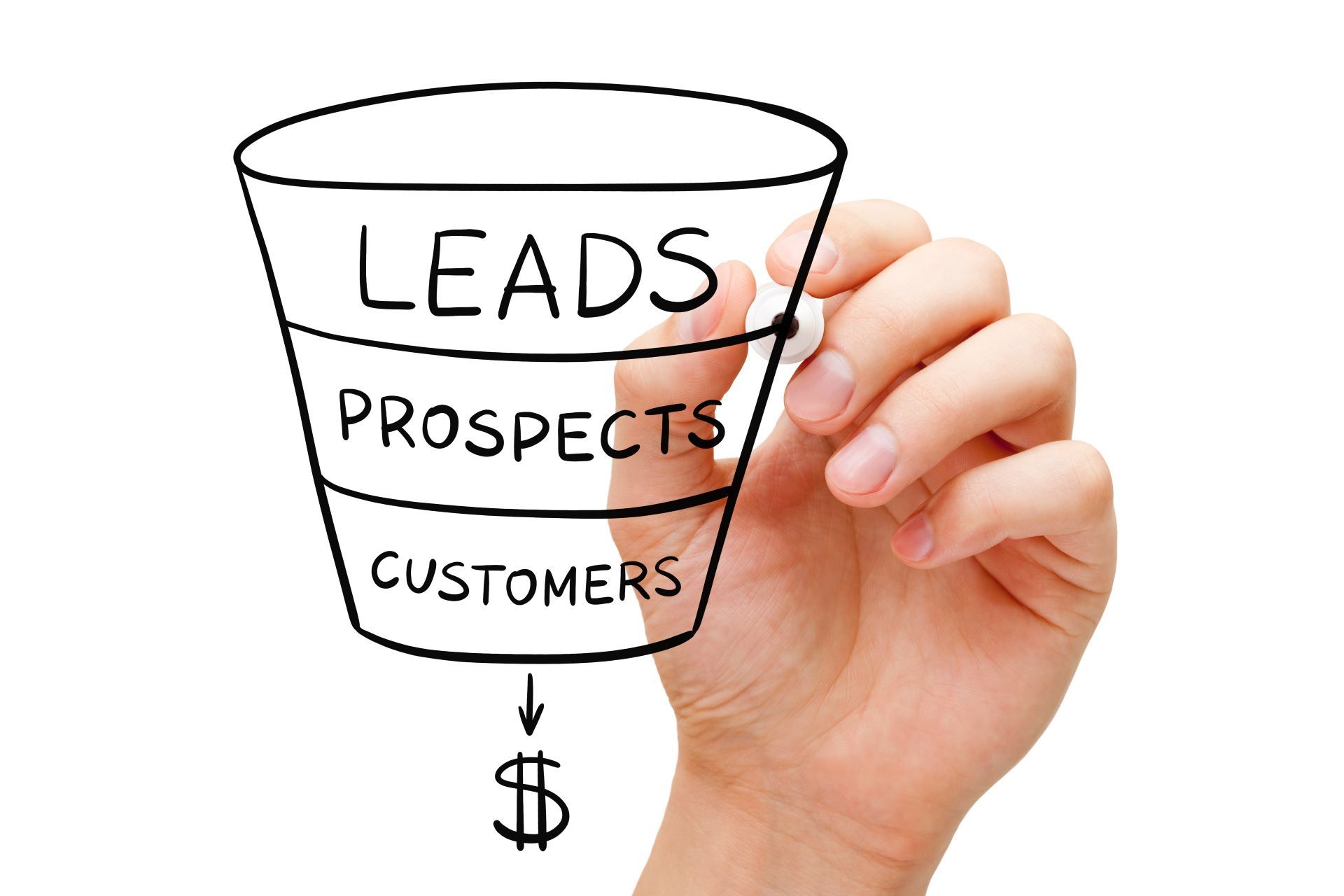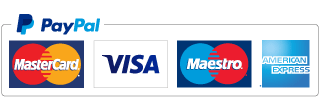The Best B2B Outreach Method: Cold calls vs. Cold Emails
Getting new leads is something every B2B business wants to achieve. The problem is choosing the best outbound method of contacting leads.
Do you go with cold calls (which have a bad rep) or cold emails?
Today, we’re going to explain the cold calls meaning, define cold emails, and find out which reigns supreme in 2022 and beyond!
Cold Calls Meaning
Cold calling is an outreach method in which someone on the sales team contacts a lead who either hasn’t been in contact with your company or had limited contact. Still, cold calls meaning is often misunderstood and many people think it’s simply random dialing.
In reality, it’s a bit different as the recipient may have had a brief interaction with a company, they could have been on the list that the company obtained while attending an event, etc.
Whatever it may be, they did end up in the database somehow. It’s on sales reps to establish that initial contact, make an introduction, and pitch their product or service.
The information available before the call is limited, to say the least, and it usually consists of basics such as the name, job title, and company. This makes establishing value somewhat of a challenge that can be partially solved by the buyer personas. That way, they may be able to understand the problems the lead is aiming to solve before even placing the call.
Cold Emails Meaning
Cold emails are initial emails sent to a potential lead (similar to what was described in the cold calls meaning) to establish the first contact and present a product or service. If done well, they can be leveraged to build a relationship with the prospect and ultimately, move them further in the sales funnel.
At the moment, cold emailing is a popular technique with many SaaS B2B companies. Don’t believe us? Just look at your inbox - you probably have at least a few emails from a company wanting to connect with you or offering a product demo.
The Pros And Cons Of Cold Calling
Now that you’re familiar with cold calls meaning, it’s time to see if there are any advantages to this infamous technique.
Surprisingly - yes!
In fact, it’s the fastest way of establishing contact, and even better, you get an immediate answer. This makes it easy to learn why you got a no, meaning it’s then possible to use that information to fine-tune future approaches and improve your product, services, or the sales process itself.
You cannot do this with email for obvious reasons - it’s simply too easy not to respond.
If your goal is to receive feedback and maybe even portray your company as more personal, use phone calls.
On the other hand, cold calls are quite problematic for a variety of reasons:
- They’re time-consuming
- Technical challenges (you have to invest in predictive dialers)
- Phone numbers are harder to track down than emails
- More expensive
- Difficult to scale (you can only achieve it by hiring more staff or outsourcing)
Last, but not least, phone calls are annoying. Today, we’ve simply moved on from receiving phone calls to communicating with people over texts or emails. This is especially true if you’re calling younger people who compare phone calls to invasions of privacy.
Because of this, cold calls usually fail miserably. Most people will say yes initially just to get out of a phone call (guilty as charged). Those leads will usually say no on the next call and you’ve basically wasted resources contacting and communicating with a person who was probably never even interested.
The Pros And Cons Of Cold Emailing
Most of the cons for cold phone calls are pretty much the opposite for cold emails. For example, where phone calls are impossible to scale, cold emails are time-efficient and you can simply send more emails to new prospects. Aside from the fact you could reach tens of thousands of prospects each day, you can do so with a single click. Based on the results, you can plan your next campaign to make it more effective.
Even though at first glance a cold email seems as something bland, it doesn’t have to be that way. You can simply leverage the visual capabilities of emails and use graphs, figures, and images to persuade your prospects.
But, to keep things fair, we also have to mention a few cons of cold emailing, such as:
- You have to wait for a response
- You have to hire copywriters to make emails creative
- Your emails may not reach the prospect (they can end up in a spam folder or you could get blacklisted.
The Winner: Cold Emails
All things considered, the email wins hands down.
That is not to say cold calling is completely dead - you can use it if you want to gauge the reaction to your product or service. Still, if you want to make
B2B sales, we cannot recommend it (it might work for B2C, though, especially if you’re trying to sell ergonomic pillows to the elderly).
Cold emails will save you both time and money in the long run, and you’ll always know where you stand. Qualifying leads is very simple as a response means they’re either a marketing-qualified or a sales-qualified lead, or not a lead anymore if they want to be removed from your list.
Additionally, they’re simply more convenient for both you and the prospect. There is no awkwardness - the person you’re communicating with is either interested or they’re not. It’s also not as invasive as a phone call and you’re providing your potential customer with an opportunity to respond whenever they’re comfortable.
In the end, you’ll simply have a better chance of moving the lead forward through the sales funnel.
Get The Most Out Of Each Email
Keep in mind that cold emails are only the winner if done well, which is why you should invest in tools that make cold emailing a non-issue. We recommend signing up for a free demo of the B2B lead generation tool we’ve developed - LeadArm.
The tool makes it super easy to send a large number of emails by automatically discovering new opportunities (tracking down prospects by industry or location) or by importing your own contact lists.
For a more personal touch, you can leave custom messages and can import exclusion lists to ensure you don’t send the same email to the same prospect twice.
Give it a try and see for yourself how easy it is to send cold emails - we’re willing to bet you’ll never look back!
Disclaimer: The information on this website and blog is for general informational purposes only and is not professional advice. We make no guarantees of accuracy or completeness. We disclaim all liability for errors, omissions, or reliance on this content. Always consult a qualified professional for specific guidance.
Recent Posts
Quick Links
All Rights Reserved.
Website Designed & Managed by Oamii.







